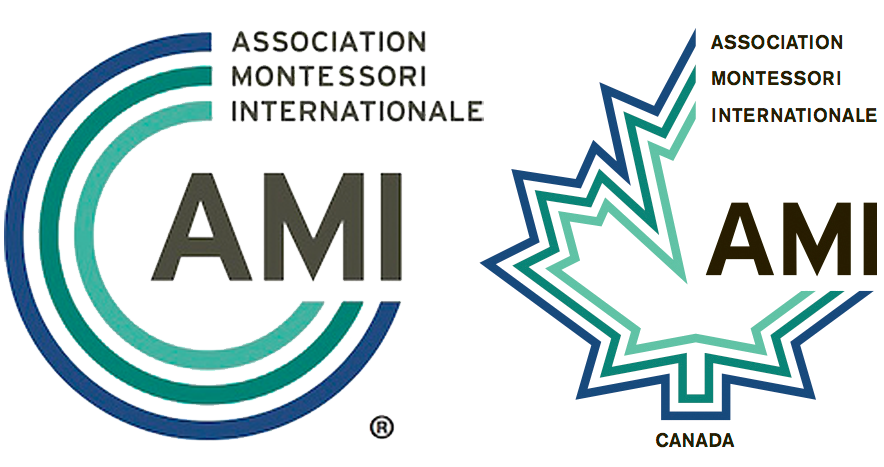The Adolescent Child

The adolescent years from 12 to 18, are the child’s journey to adulthood. He is no longer a child, but not yet an adult.
The rapid physical growth of adolescence also echoes the rapid physical growth of the first six years of your child’s life, but this time physical growth is accompanied by the intense hormonal activity that ushers in sexual maturity. The energy the adolescent needs during periods of rapid physical growth can sometimes diminish the energy the adolescent has available to concentrate on their academic work.
Similarly, to early childhood, the adolescent brain undergoes significant re-organization, as the child transforms into an adult. At the onset of adolescence young people are ready to take further steps away from their families and towards adult independence in society. They also become idealistic and peer-oriented. They can find it difficult to concentrate on structured academic learning but love to interact conversationally and collaboratively with other adolescents in the context of projects and issues that are important to them; they feel supported and nurtured in a cooperative community of peers.
During this odyssey, young people become humanistic explorers seeking to understand their place in society, and how they will contribute to society. Personal dignity, social justice and belonging are key drivers. The adolescents are asking questions such as, who am I and who am I in this world?
Your teenager may have a huge capacity for creative expression. The style of learning at this time may become more practical and experiential, an approach used to explore previously introduced concepts in more depth and in real-life contexts.



